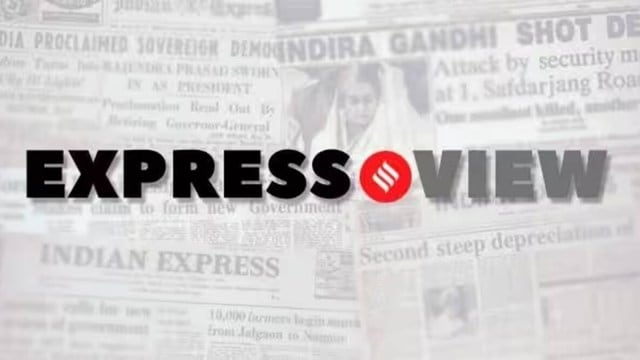
The Indian economy seems to have weathered the impact of US President Donald Trump’s tariffs — at least so far. The enabling factors have been GST, the festival season and monsoon. This time, both Dussehra and Diwali came about 10 days earlier compared to last year. The Narendra Modi government timed the Goods and Services Tax rate cuts to take effect from September 22 with the start of the Navratri celebrations. The boost to consumption sentiment from the convergence of the GST rationalisation with the 42-day festival period was reflected in vehicle sales. According to the Federation of Automobile Dealers Associations, retail sales of two-wheelers, passenger vehicles, three-wheelers and commercial vehicles were 21.8, 23.4, 8.9 and 15 per cent respectively higher this year vis-à-vis that for the corresponding 42-day season in 2024. A bountiful monsoon added to the cheer, with tractor sales also posting 14.2 per cent growth.
Simply put, household consumption, which was in slowdown mode for several quarters due to a weak job market, persistent inflation and debt overhang, has staged a recovery of sorts. Annual consumer price inflation falling to a 99-month low of 1.5 per cent in September has definitely helped. There are expectations of improved rural cash flows from a bumper kharif as well as the upcoming rabi harvest, plus the marriage season from November to March, sustaining the current retail momentum. The private consumption revival, if maintained, can potentially offset the drag on growth from the Trump tariffs and global slowdown. The effects of the latter are beginning to be felt, with exports of services falling 5.5 per cent in September 2025 over September 2024. Merchandise exports rose 6.8 per cent, but were 11.9 per cent lower year-on-year to the US. As the tariffs bite and ongoing geopolitical disruptions show no major movement towards resolution, the growth drivers are likely to be more domestic than external. And there, it is private investment that holds the key.
Private corporates aren’t investing not because they, or banks, have no money. On the contrary, both corporate and bank balance sheets haven’t been as healthy as they are today. They will put up new or expand existing capacities only when they “see” demand and consumers loosening purse strings. And that will happen on a sustained basis only when there are jobs and incomes, setting off a virtuous cycle. The Bihar elections have seen voters flag concerns over berozgari and palayan, primarily about lack of gainful employment opportunities. Economic activity and growth are ultimately about the unleashing of animal spirits of both entrepreneurs and consumers. And that has to manifest well beyond the festival and wedding season.